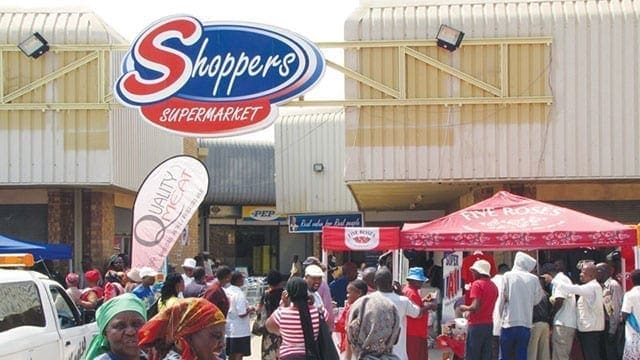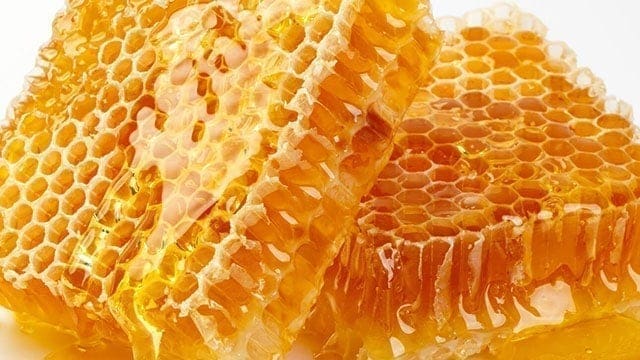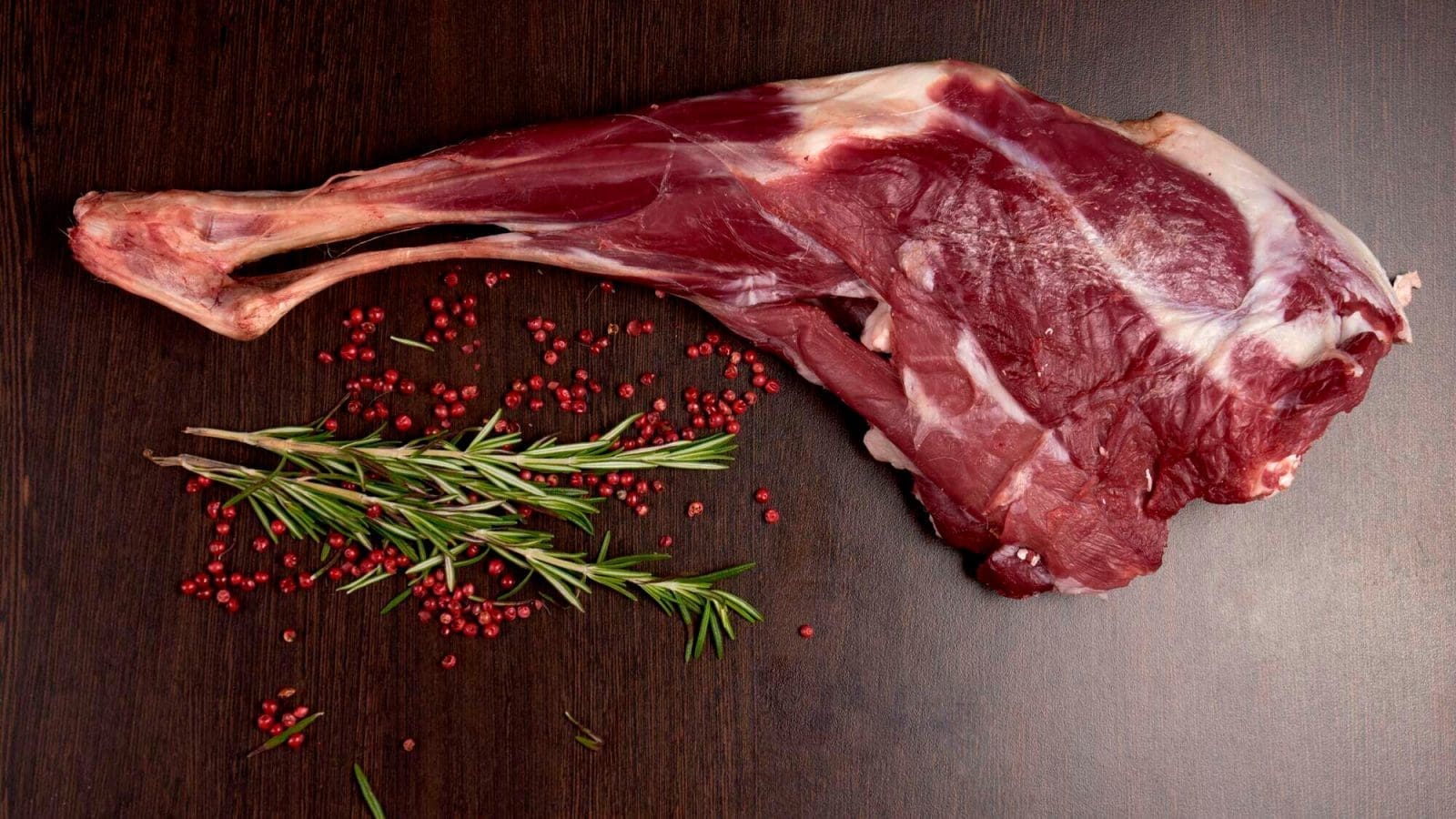SOUTH AFRICA – South African industry group Grain SA sees a 2017 maize surplus after last year’s drought-induced deficit and its surveys show farmers have planted 2.4 million hectares this season, an 18 percent increase over 2016, its chief executive said on Thursday.
“What I’ve learned from our surveys and discussions with the farmers is that we will plant, or have planted because it’s just about done now, around 2.4 million hectares,” Jannie de Villiers told Reuters in a telephone interview.
“If we have planted those hectares and I look at the weather forecast for the next month or two there is a big chance that we will have more than enough for our own use,” he said, when asked if he expected a surplus this year.
A surplus could help to dampen food price inflation in South Africa. Prices for white maize used for human consumption doubled in 2015 but fell 24 percent in 2016.
It could also have implications for regional food security as countries such as Malawi may still need to import.
Malawi, Zambia and Zimbabwe have been hit by an outbreak of armyworm, a pest that devours maize and other crops.
De Villiers said it was too early to peg an estimate for the size of the expected surplus.
South Africa’s harvest of the staple maize last year was 7.5 million tonnes, 25 percent lower than the 9.95 million tonnes in 2015 because of an El Nino-triggered drought.
Domestic consumption is about 10.5 million tonnes.
The Grain SA planting estimate is less than the 2.62 million hectares the government’s Crop Estimates Committee said in November farmers intended to plant. Its first estimate for the area planted is due on Jan 26.
The drought pushed some commercial farmers out of business or forced them to sell their farms, De Villiers said.
“If I look at the market, there are quite a few farms on the market especially in the North West province. I assume with the number of farms on the market there have been people who lost their farms,” he said.
In the longer run, he said demand for yellow maize – used in South Africa primarily for animal feed – was seen increasing as protein consumption gradually rises, a trend seen in other emerging economies with growing middle classes.
Demand for white maize, the main source of calories for South Africa’s mostly black working class, would flatten.
“The white maize is stagnant, the people are moving away from it if they can just afford a little bit of chicken or something like that,” De Villiers said.
“The growth in yellow will definitely be above population growth,” he said.
Reuters
January 14, 2017; http://www.iol.co.za/business-report/markets/commodities/sa-grain-industry-group-sees-2017-maize-surplus-7385909










